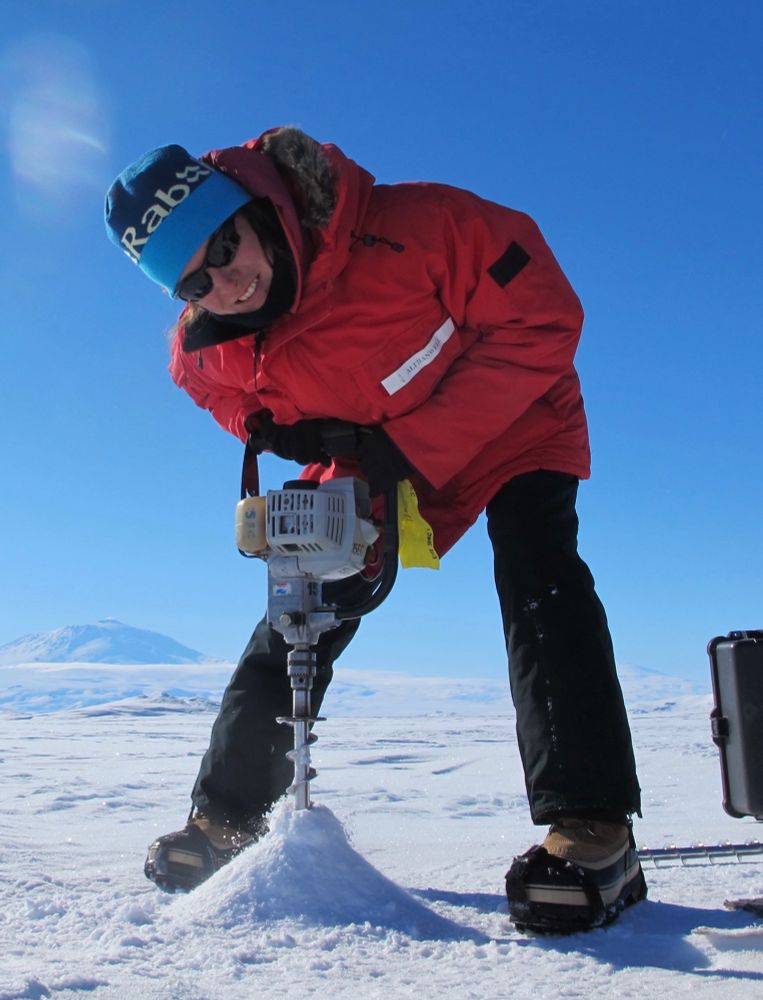
📸: John Cassano/CIRES
📸: Lianna Nixon/CIRES alum

📸: Lianna Nixon/CIRES alum

Climate change is expected to affect peatland processes that control the production of greenhouse gases, including methane.

Climate change is expected to affect peatland processes that control the production of greenhouse gases, including methane.

Find our news release, images and wrapup video at: noaa.gov/news-release...
@nws.noaa.gov


Find our news release, images and wrapup video at: noaa.gov/news-release...
@nws.noaa.gov

@cires.colorado.edu @cpom-uk.bsky.social @protectourwinters.bsky.social



📸: Nicolas Bayou/CIRES alum

📸: Nicolas Bayou/CIRES alum

Includes a stipend, tuition/health coverage, a field intensive, and a supportive cohort experience.
⏱️ Deadline: Jan 12, 2026. Learn more & apply: https://loom.ly/I1eFeD4

Includes a stipend, tuition/health coverage, a field intensive, and a supportive cohort experience.
⏱️ Deadline: Jan 12, 2026. Learn more & apply: https://loom.ly/I1eFeD4

waterdesk.org/2025/11/in-b...

waterdesk.org/2025/11/in-b...




📸: Matthew Shupe/CIRES

📸: Matthew Shupe/CIRES

@adrianluckman.bsky.social @etienneberthier.bsky.social @drnaomio.bsky.social
www.nature.com/articles/s41...
@adrianluckman.bsky.social @etienneberthier.bsky.social @drnaomio.bsky.social
www.nature.com/articles/s41...
👆 Main takeaway: ice plain bedrock geometry can drive rapid retreats of glaciers if they undergo dynamic thinning, and in this case after the loss of stabilizing fast ice in 2022.
#UniInnsbruck #NatureGeoscience #Hektoriaglacier

👆 Main takeaway: ice plain bedrock geometry can drive rapid retreats of glaciers if they undergo dynamic thinning, and in this case after the loss of stabilizing fast ice in 2022.
#UniInnsbruck #NatureGeoscience #Hektoriaglacier
A new study analyzed 26 years of winter data from Alaska’s North Slope, and revealed that increasing cloud opacity — clouds becoming thicker and denser — is trapping more heat near the surface.

A new study analyzed 26 years of winter data from Alaska’s North Slope, and revealed that increasing cloud opacity — clouds becoming thicker and denser — is trapping more heat near the surface.





